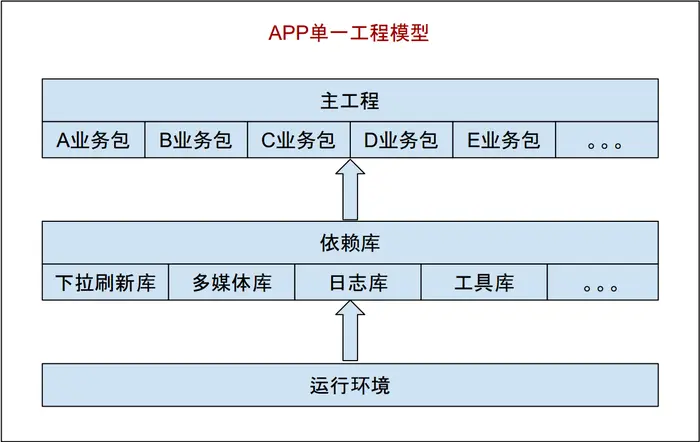01.Fragment通信难点
- 在网上看到很多博客说,如何拆分组件,按模块拆分,或者按照功能拆分。但很少有提到fragment在拆分组件时的疑问,这个让我很奇怪。
- 先来说一个业务需求,比如一个购物商城app,有4个模块,做法一般是一个activity+4个fragment,这个大家都很熟悉,这四个模块分别是:首页,发现,购物车,我的。然后这几个页面是用fragment写的,共用一个宿主activity,那么在做组件化的时候,我想把它按照业务拆分成首页,发现,购物车和我的四个独立的业务模块。

Android ScrollView 嵌套 RecyclerView 问题
有一种使用场景,购物商城的购物车页面,当RecyclerView滑动到顶部时,让刷新控件消费事件;当RecyclerView滑动到底部时,让下一页控件[猜你喜欢]消费事件。
1 | public class VerticalRecyclerView extends RecyclerView { |
在RecycleView中的相关方法中,有两种类型的位置